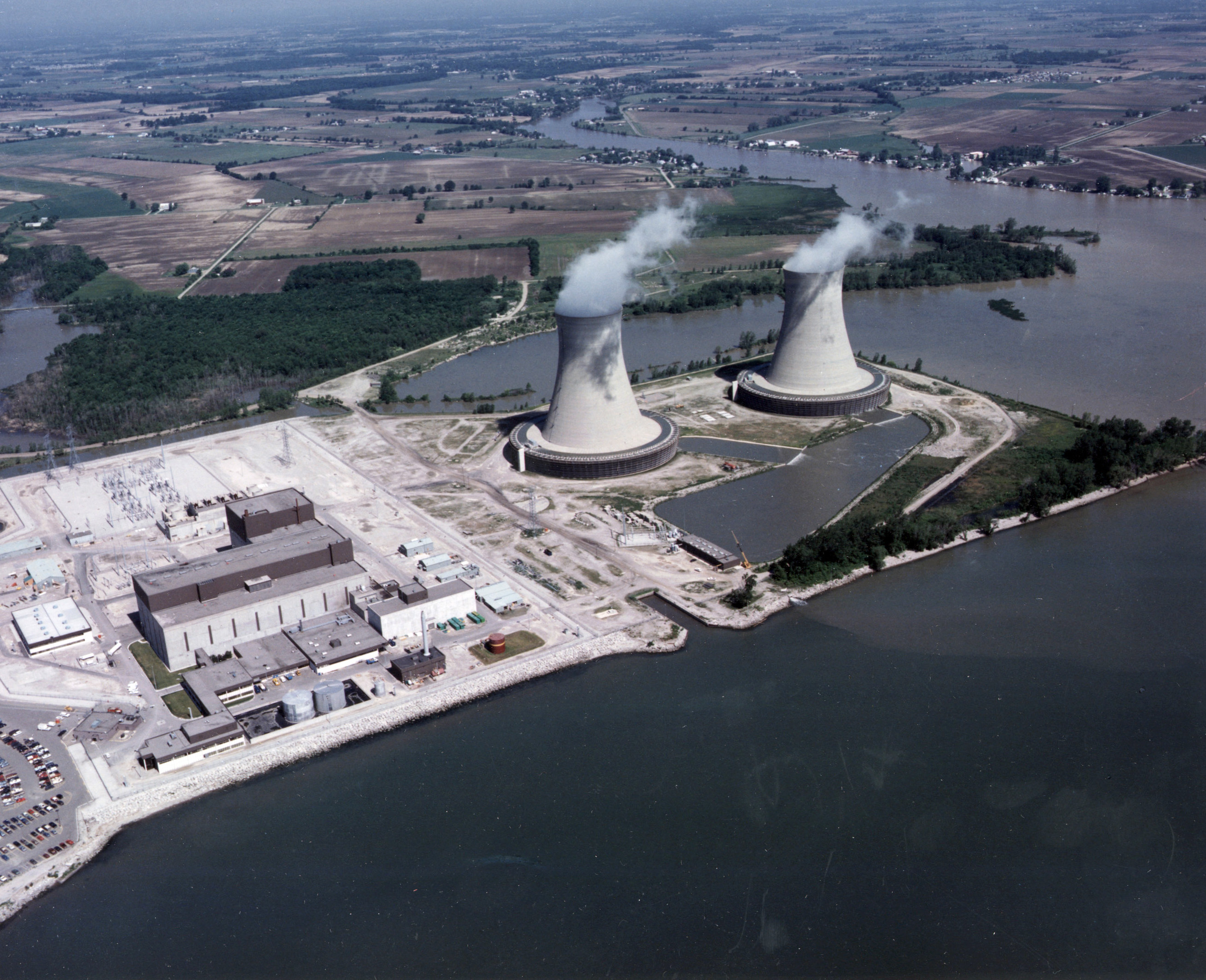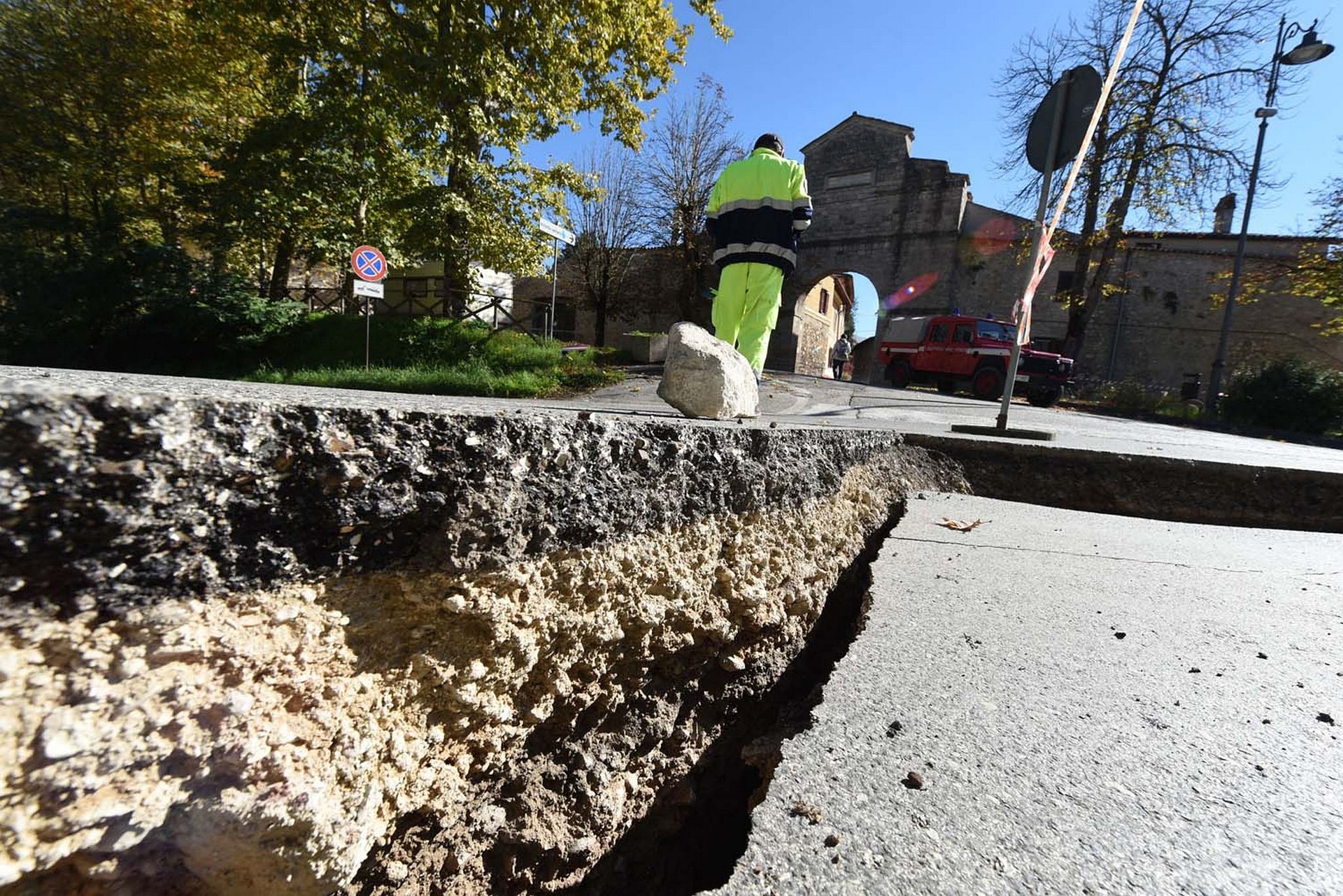VAST Challenge 2019: Disaster at St. Himark!


The VAST Challenge 2019 presents three mini-challenges and a grand challenge for you to apply your visual analytics research and technologies to help a city grapple with the aftermath of an earthquake that damages their nuclear power plant.
These challenges are open to participation by individuals and teams in industry, government, and academia. We encourage your submissions and look forward to seeing your innovative approaches to solving these challenges using visual analytics.
The Challenges
Note: This scenario and all the people, places, groups, technologies, contained therein are fictitious. Any resemblance to real people, places, groups, or technologies is purely coincidental.
Overview
St. Himark is a vibrant community located in the Oceanus Sea. Home to the world-renowned St. Himark Museum, beautiful beaches, and the Wilson Forest Nature Preserve, St. Himark is one of the region’s best cities for raising a family and provides employment across a number of industries including the Always Safe Nuclear Power Plant. Well, all that was true before the disastrous earthquake that hits the area during the course of this year’s challenge. Mayor Jordan, city officials, and emergency services are overwhelmed and are desperate for assistance in understanding the true situation on the ground and how best to deploy the limited resources available to this relatively small community.
Mini-Challenge 1
In a prescient move, the city of St. Himark released a new damage reporting mobile application shortly before the earthquake. This app allows citizens to provide more timely information to the city to help them understand damage and prioritize their response. In this mini-challenge, use app responses in conjunction with shake maps of the earthquake strength to identify areas of concern and advise emergency planners.
Please visit VAST Challenge 2019: Mini-Challenge 1 for more information and to download the data.
Mini-Challenge 2
While St. Himark is proud of its Always Safe nuclear power plant, it was not quite built to be compliant with the recommended safety standards developed by international organizations. The nuclear plant sustained moderate (but not life-threatening) damage during the earthquake resulting in some contamination being released. The city has installed stationary sensors which could be used to determine effected areas but they don’t cover all parts of the city. Luckily, the Himark Science Society has stepped in with citizen scientists to help crowd source this important task. Utilize these various sensors to understand which parts of the city are most effected.
Please visit VAST Challenge 2019: Mini-Challenge 2 for more information and to download the data.
Mini-Challenge 3
In disasters, people reach out to friends and family to check in and discuss what they see happening around them. The city and its emergency response teams are hoping to gain an understanding of the issues facing the citizenry they can’t get through seismic readings and survey responses. They are looking to you to help them turn social media posts into an information source helping guide them as to where to focus efforts and what the concerns of the populace are.
Please visit VAST Challenge 2019: Mini-Challenge 3 for more information and to download the data.
Grand Challenge
St. Himark’s limited resources must be brought to bear as efficiently as possible. They are looking to you to provide them with as complete a picture as can be constructed from all the data available. Provide an overall view on the situation in the city by providing a unified visualization of the data.
Please visit VAST Challenge 2019: Grand Challenge for more information and to download the data.
Important Information about the VAST Challenge
Participants are welcome to enter one, two, or all three of the Mini-Challenges. Participants who complete all three mini-challenges may also enter the Grand Challenge. Entries may be submitted by teams or individuals.
Submission deadline is July 12, 2019 at 11:59 pm Pacific Daylight Time (UTC/GMT -7 hours).
Entries will be judged based on the criteria appropriate to the specific Mini-Challenge. Award winners will receive a recognition certificate. Award winning participants will be contacted by August 12, 2019.
All participants are also invited to submit a two-page summary of their entry for inclusion in the IEEE VIS 2019 electronic conference proceedings. These papers will be due August 19. All participants will also allowed to present a poster at the conference showcasing their work. The poster image will be due to the VAST Challenge Committee in September 2019 (exact date TBD).
All participants are invited to attend the VAST Challenge 2019 Workshop, to be held in conjunction with IEEE VIS 2019 in Vancouver, British Columbia, Canada on October 21, 2019. At this workshop, challenge organizers, participants, and conference attendees come together to discuss their work on this year’s Challenge. Award certificates are presented during the workshop. The workshop includes presentations by selected participants, invited speakers, a poster session for the participants, and other activities.
Following the workshop, the submissions will be posted to the Visual Analytics Benchmark Repository. Submissions from previous years can also be found in this repository.